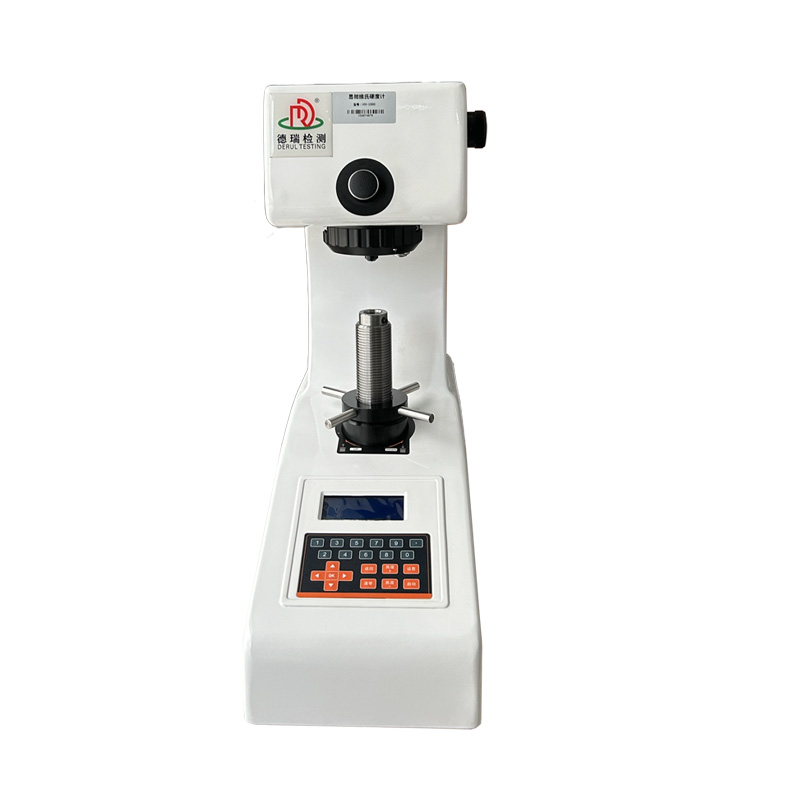
optical brinell hardness testing machine
148005.0 INR/Unit
Product Details:
X
optical brinell hardness testing machine Price And Quantity
- 1 Unit
- 148005.0 INR/Unit
optical brinell hardness testing machine Trade Information
- Cash in Advance (CID)
- 100 Unit Per Month
- 7 Days
- All India
Product Description
| Type | DR-C203 |
| Measuring range | 20-88HRA, 20-100HRB, 20-70HRC |
| Test force | 588, 980, 1471N (60, 100, 150kgf) |
| Max. height of test piece | 165mm |
| Distance from indenter to outer wall | 160mm |
| Rockwell scaleplate | HRA,HRB,HRC,HRD,HRE,HRF,HRG,HRH,HRK |
| Hardness measuring range | HRA:20-88 HRB:20-100 HRC:20-70 HRD:40-77 |
| HRF:60-100 HRG:30-94 HRH:80-100 HRK:40-100 | |
| Initial force | 1000kgf (98.07N) |
| Dimensions | 466 x 238 x630mm |
| Weight | Approx. 70kg |
| Accessories | Large flat anvil: 1 pc. Small flat anvil: 1 pc. V-notch anvil: 1 pc. Diamond cone indenter: 1 pc. 1/16" steel ball indenter: 1 pc. Rockwell standardized block: 5pcs. |
The optical Brinell hardness tester is a high-precision hardness testing equipment based on the principle of Brinell hardness testing and combined with optical measurement technology. It measures the indentation diameter through an optical system to calculate the Brinell hardness value of the material. Compared with traditional Brinell hardness testing machines, optical Brinell hardness testing machines have higher measurement accuracy and automation, and are widely used for hardness testing of materials such as metals, alloys, ceramics, etc.
Working principle of optical Brinell hardness tester
1. Testing principle
Use a hard alloy ball (or steel ball) of a certain diameter as the indenter, press it into the surface of the tested material under the specified test force, and maintain it for a certain period of time before removing the test force.
Measure the diameter of the indentation using an optical microscope or digital imaging system, and calculate the hardness value (HB) using the Brinell hardness formula.
Product Features
1. High precision optical measurement
Using high-resolution optical microscopes or digital imaging systems to accurately measure indentation diameters and ensure the accuracy of hardness values.
2. Automated operation
Equipped with a computer control system to achieve automatic loading and unloading of test force and automatic measurement of indentation.
3. Multifunctionality
Can test various materials, such as metals, alloys, ceramics, plastics, etc.
4. Wide range of experimental force
Different test forces (such as 9.807N, 49.03N, 980.7N, etc.) can be selected based on the hardness of the material.
5. Data storage and analysis
Support the storage, analysis, and printing of test data, and generate test reports.
6. User friendly interface
Equipped with a touch screen or computer software, easy to operate, and supports a multilingual interface.
7. Safe and reliable
Equipped with overload protection, emergency stop and other safety devices to ensure safe operation.
Common problems and solutions
1. Unclear indentation
Check if the test force is sufficient, if the indenter is worn, and if the material surface is flat.
2. Large deviation in hardness values
Check whether the diameter of the indenter and the test force are accurate, and whether the optical measurement system is calibrated.
3. Optical system malfunction
Check if the light source, lens, and imaging system are working properly, clean the lens or contact the manufacturer for repair if necessary.
4. The equipment cannot load the test force
Check if the power supply, hydraulic system, or motor is working properly.
Installation Guide
1. Venue selection
Choose a stable, level, and vibration free workbench or floor to avoid direct sunlight.
2. Power requirements
Ensure that the power supply voltage and frequency meet the equipment requirements, equipped with independent power switches and grounding devices.
3. Installation steps
Handling: Use a forklift or crane to transport the equipment to the designated location, taking care to avoid collisions.
Fixed: Adjust the equipment feet to ensure that the equipment is level and stable.
Connect power supply: Connect the power cord according to the instructions to ensure correct wiring.
Check the pressure head and optical system: Install the pressure head to ensure it is securely installed; Check if the optical system is clean.
4. Debugging and Calibration
After booting up, follow the instructions to set parameters and debug the system.
Use standard hardness blocks to calibrate equipment and ensure measurement accuracy.
5. Operation training
Train operators to ensure they are familiar with equipment operation, maintenance, and troubleshooting methods.
Precautions
Ensure that the material surface is clean and flat before testing.
Select the appropriate test force and indenter diameter based on the hardness of the material.
Regularly clean and calibrate the optical system to ensure measurement accuracy.
In case of unsolvable problems, promptly contact the manufacturer's technical support.
The optical Brinell hardness tester is a high-precision tool for material hardness testing, and correct installation and operation are key to obtaining accurate test results.
Tell us about your requirement

Price:
Quantity
Select Unit
- 50
- 100
- 200
- 250
- 500
- 1000+
Additional detail
Mobile number
Email



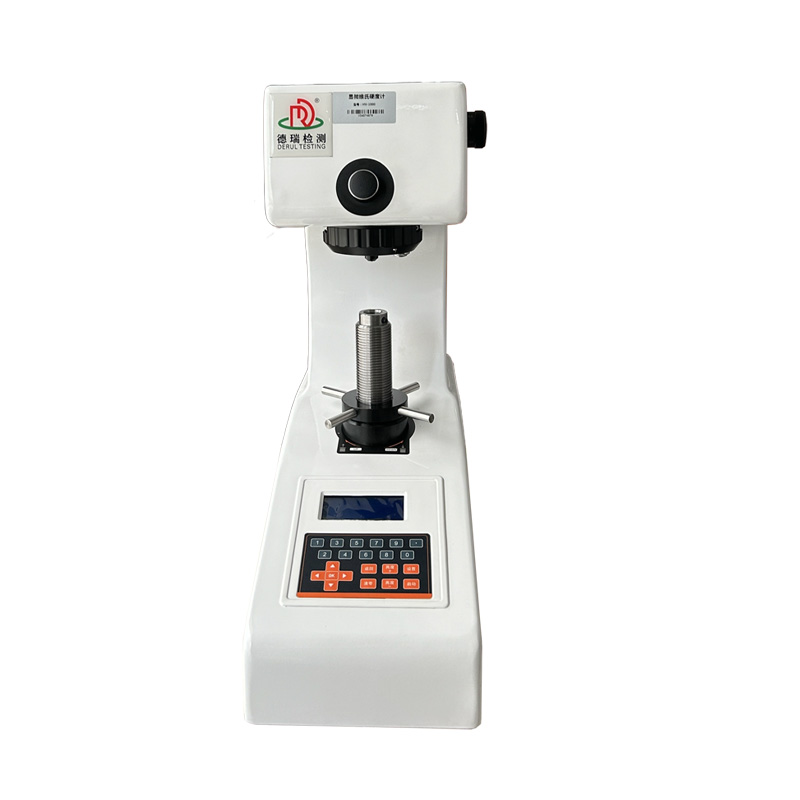
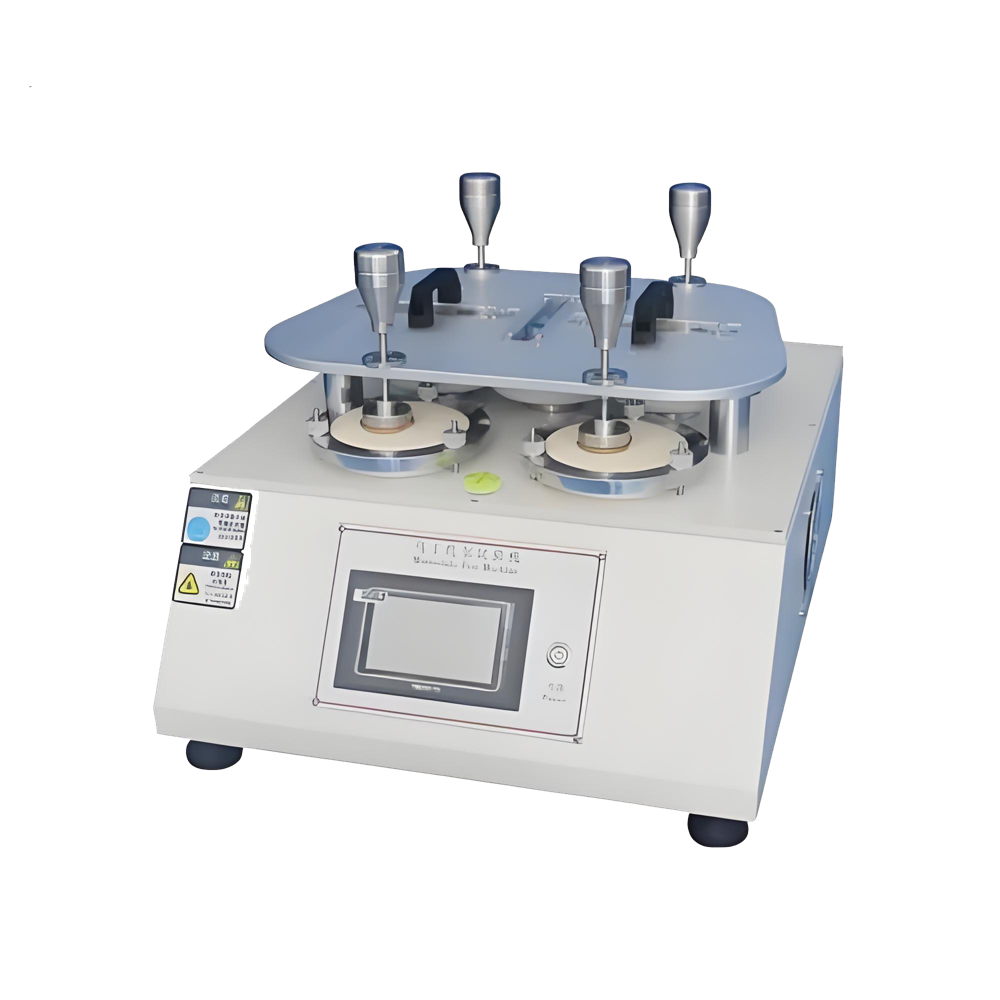
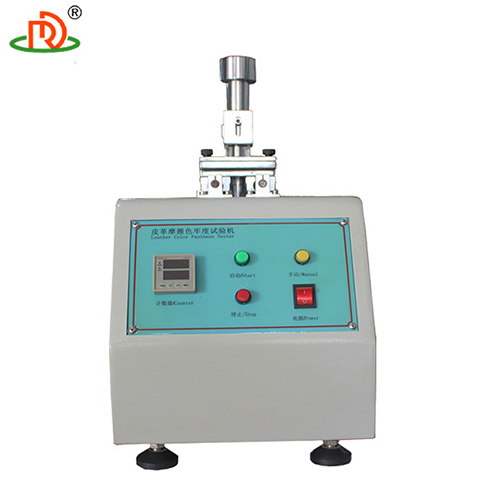
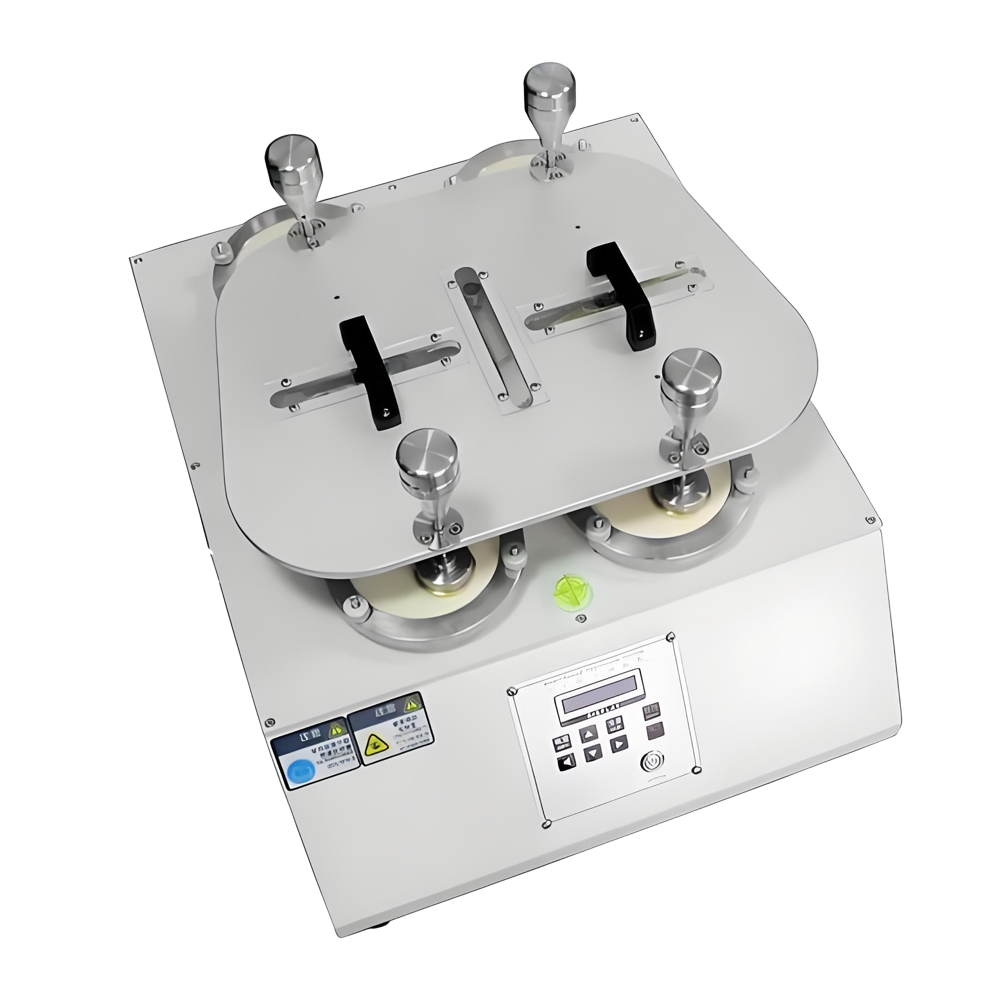

 English
English Spanish
Spanish French
French German
German Italian
Italian Chinese (Simplified)
Chinese (Simplified) Japanese
Japanese Korean
Korean Arabic
Arabic Portuguese
Portuguese